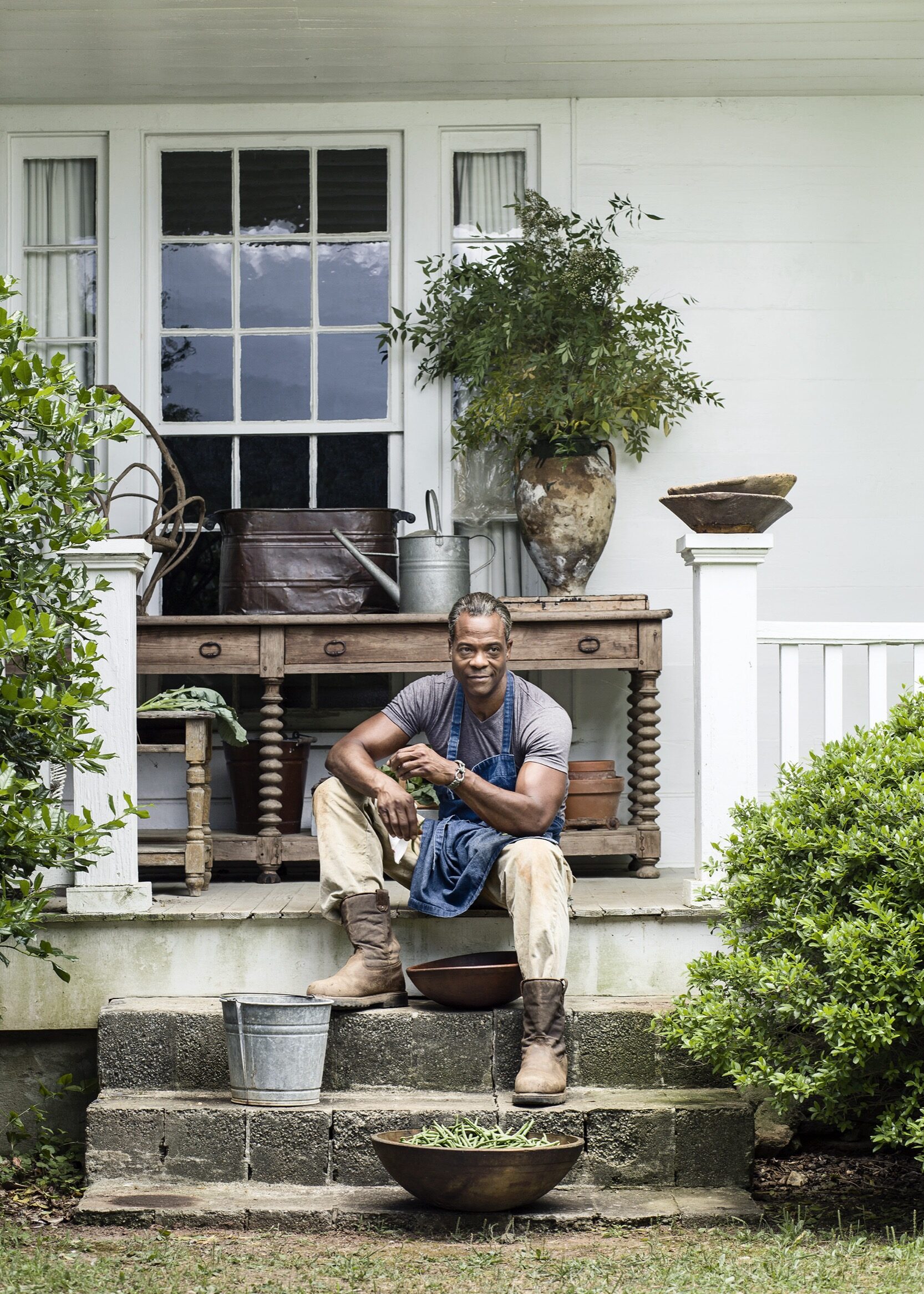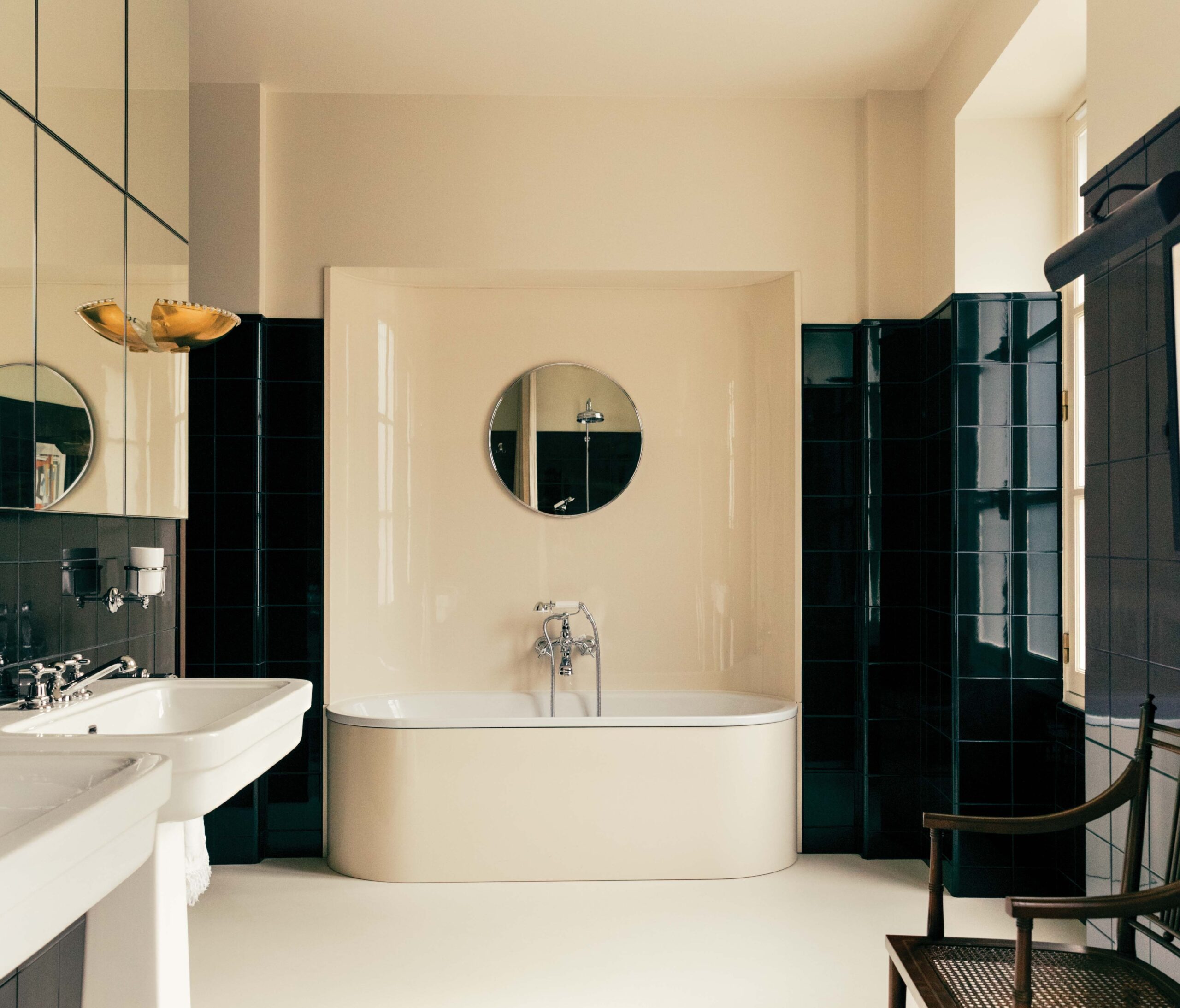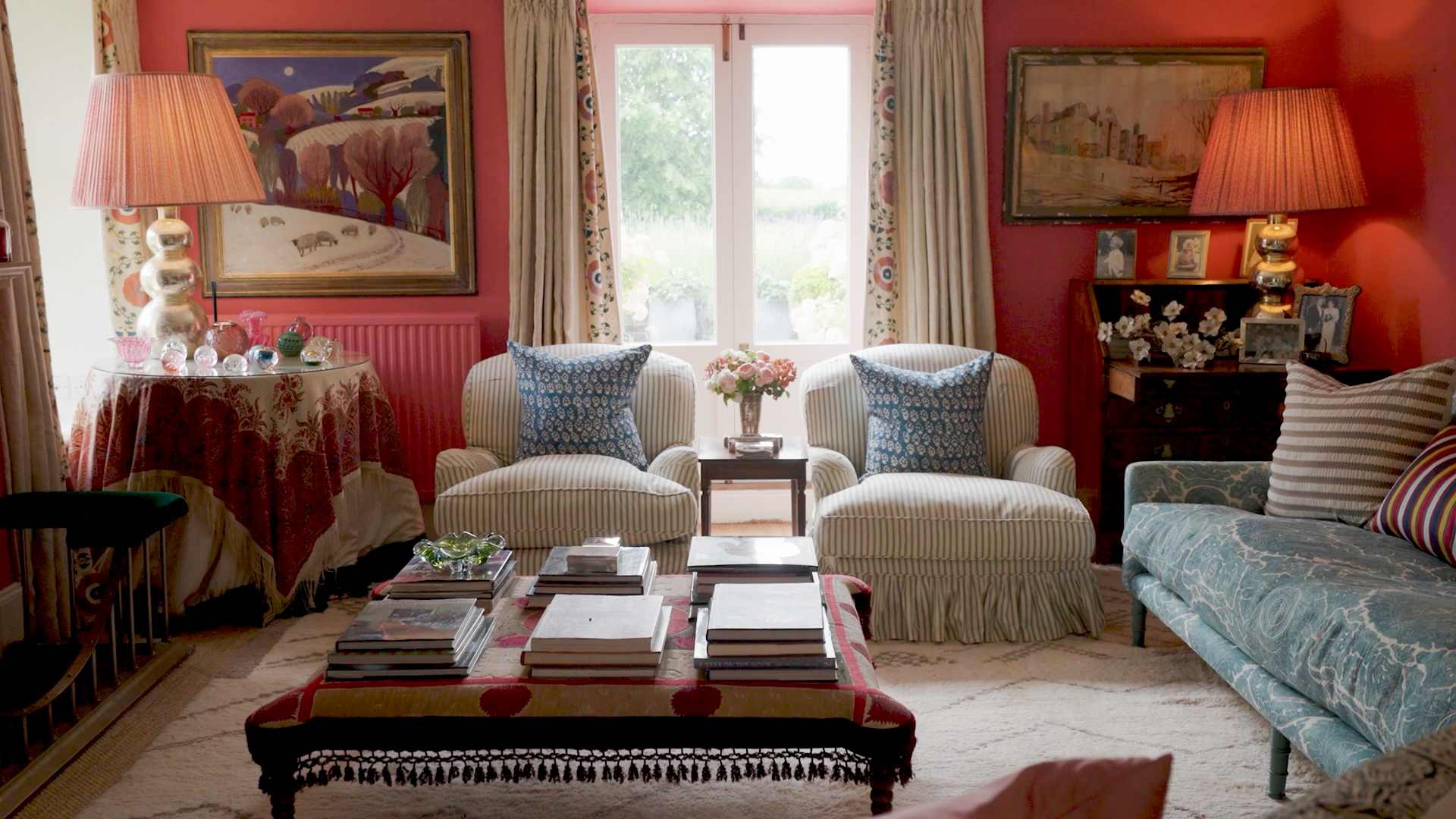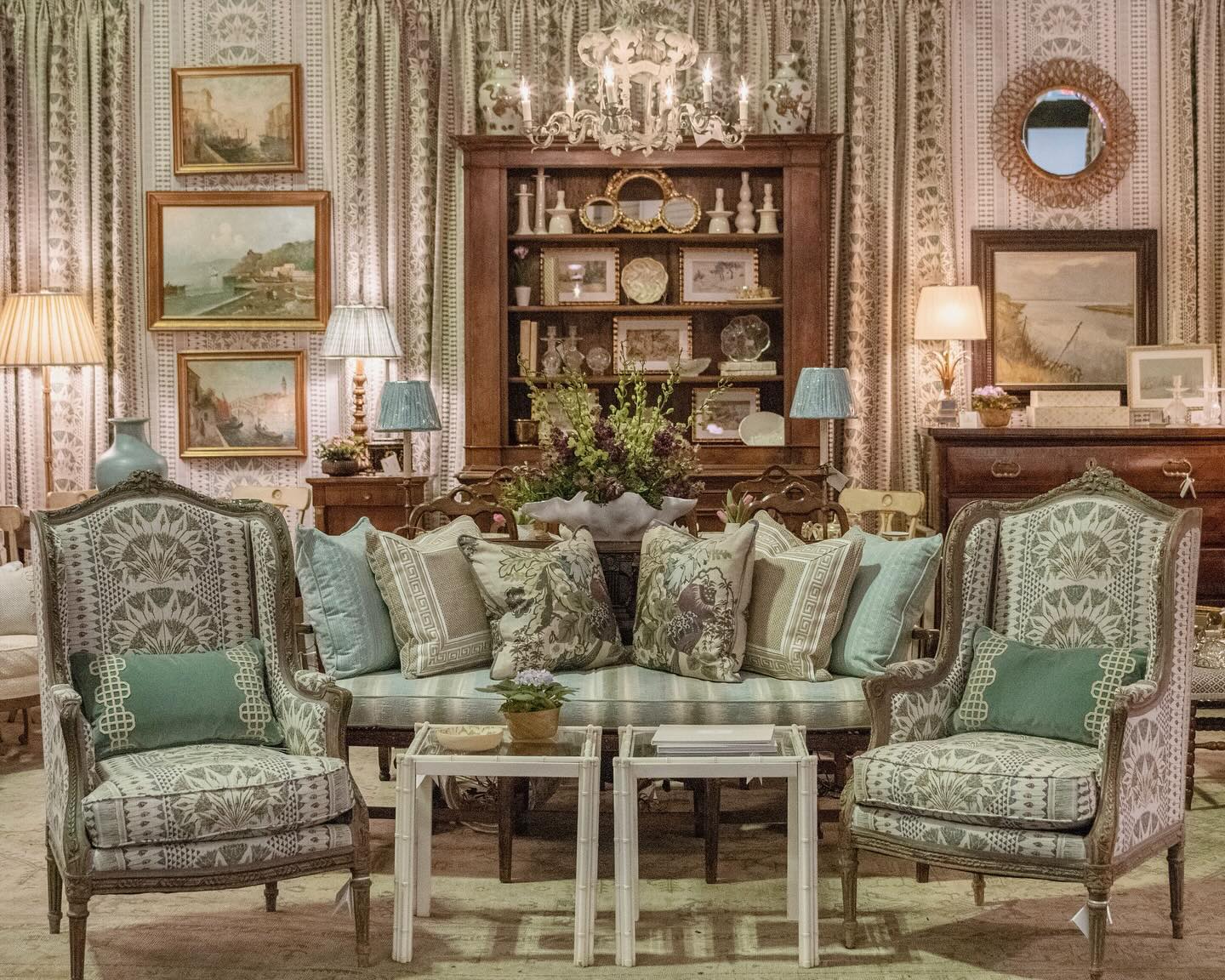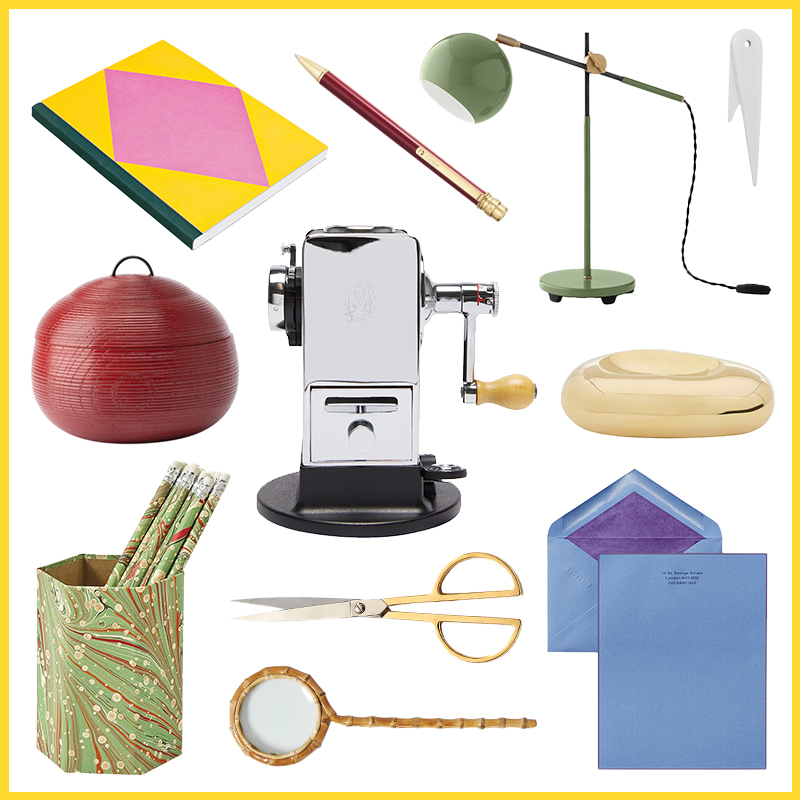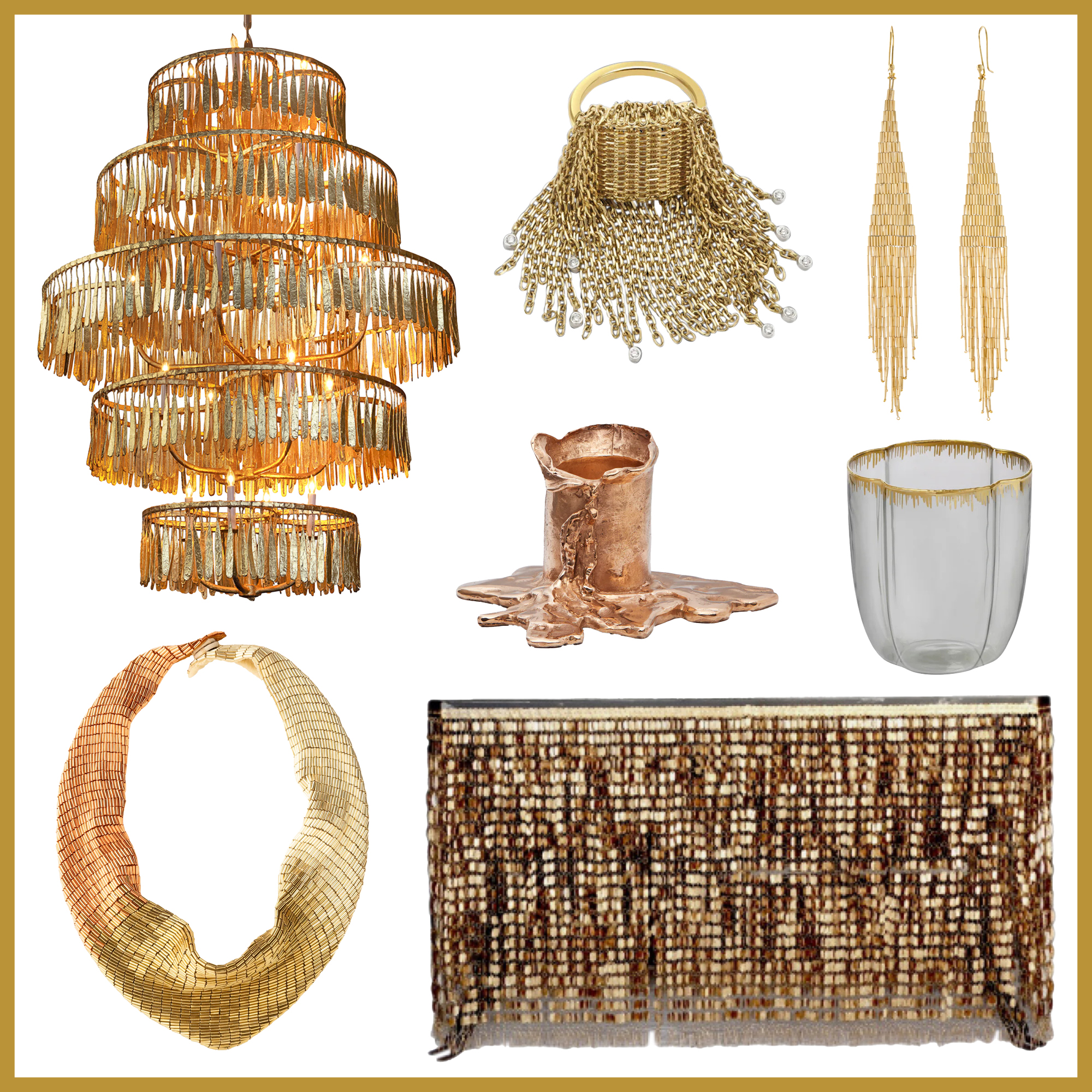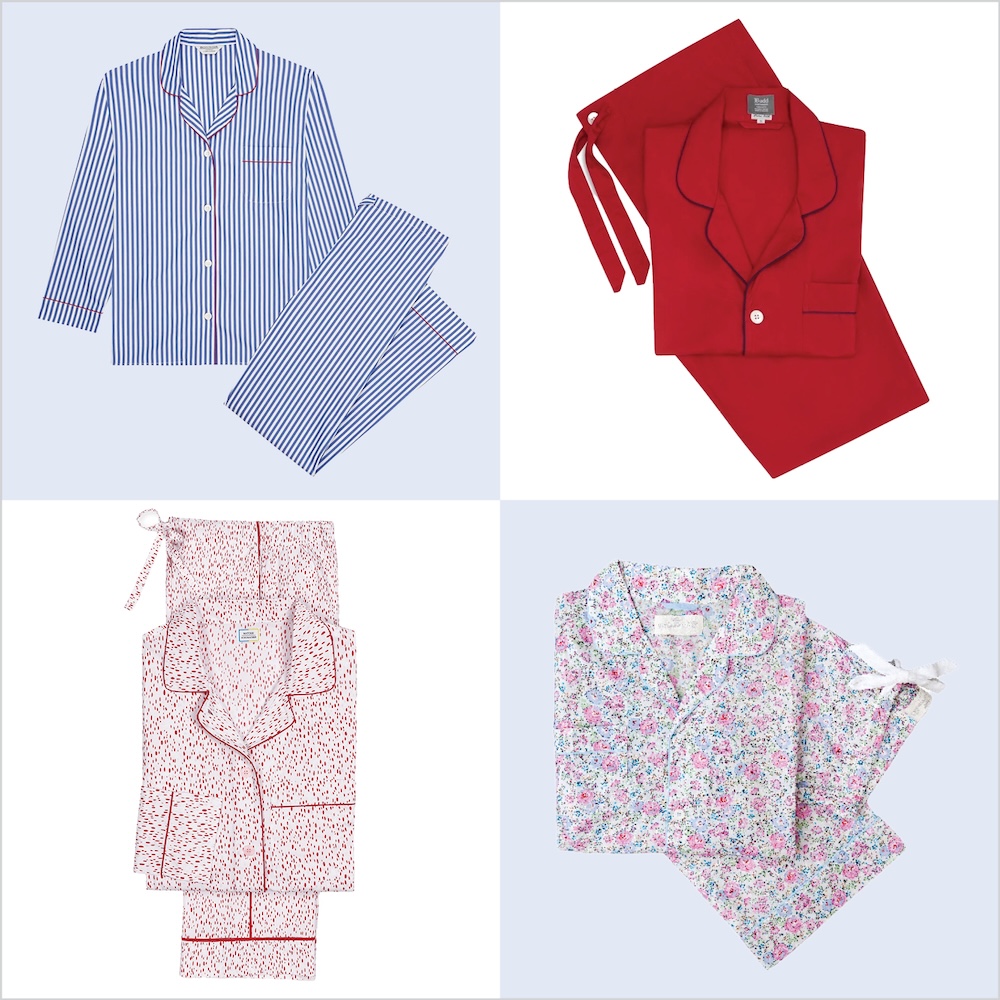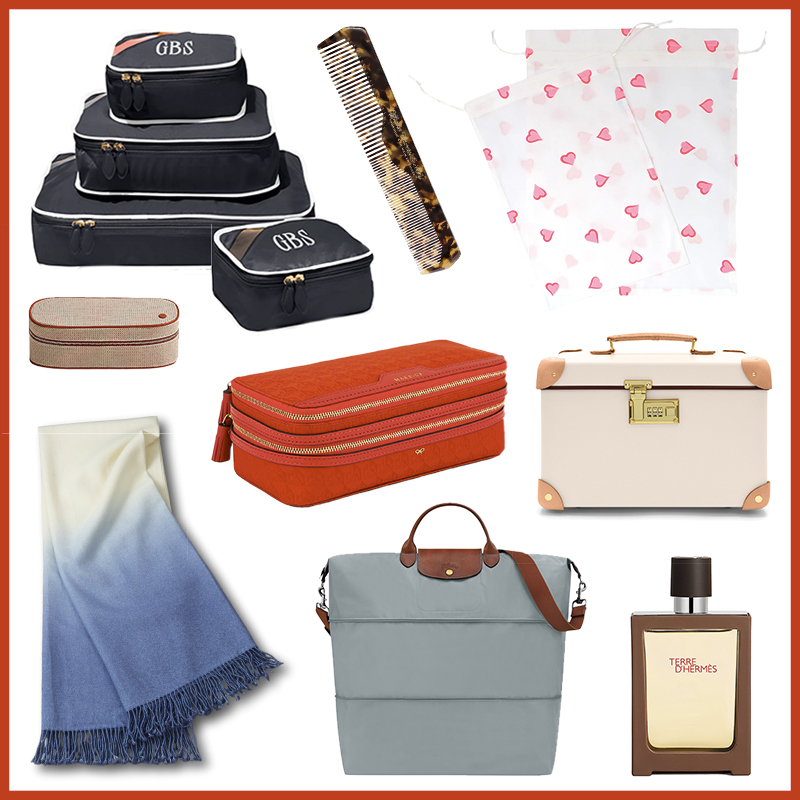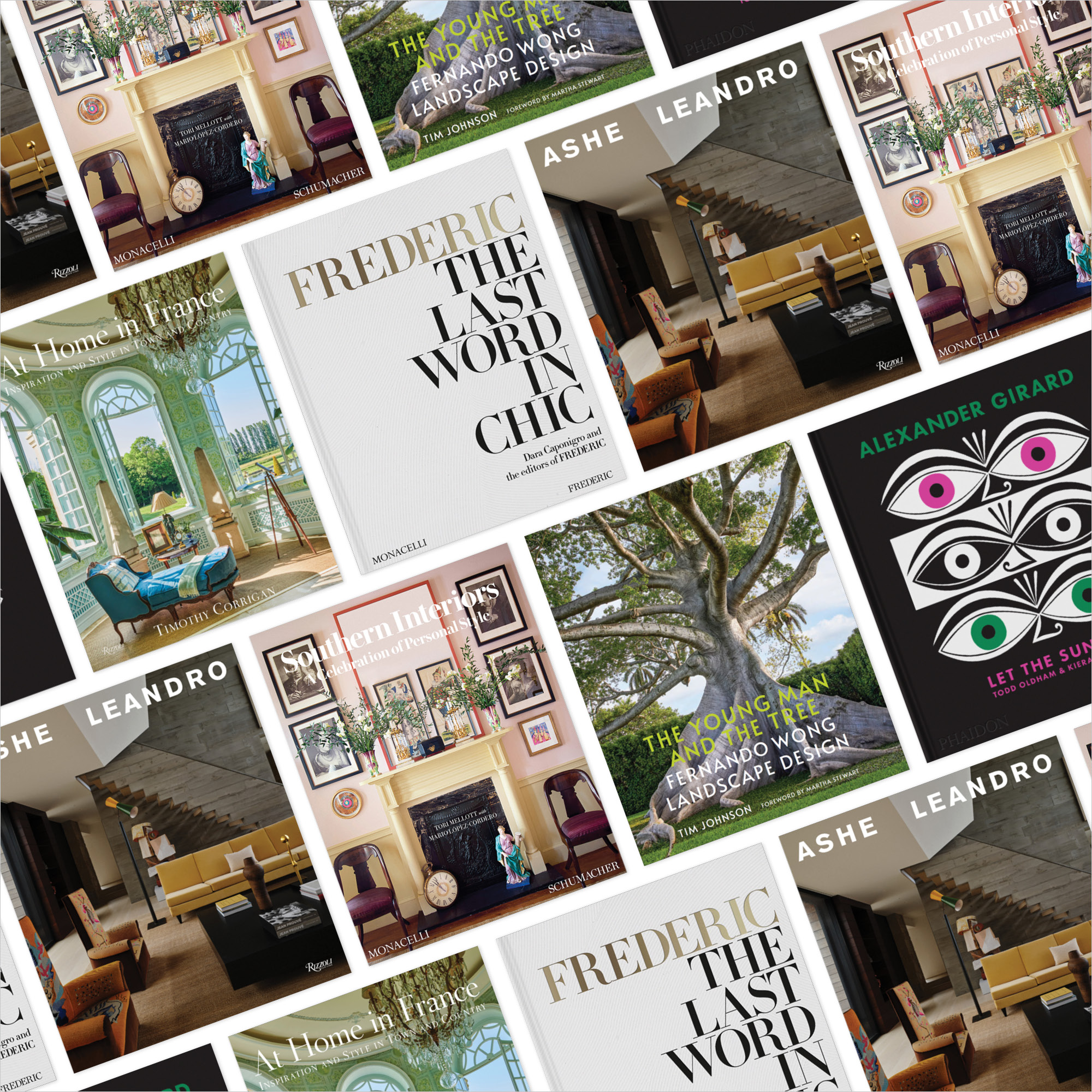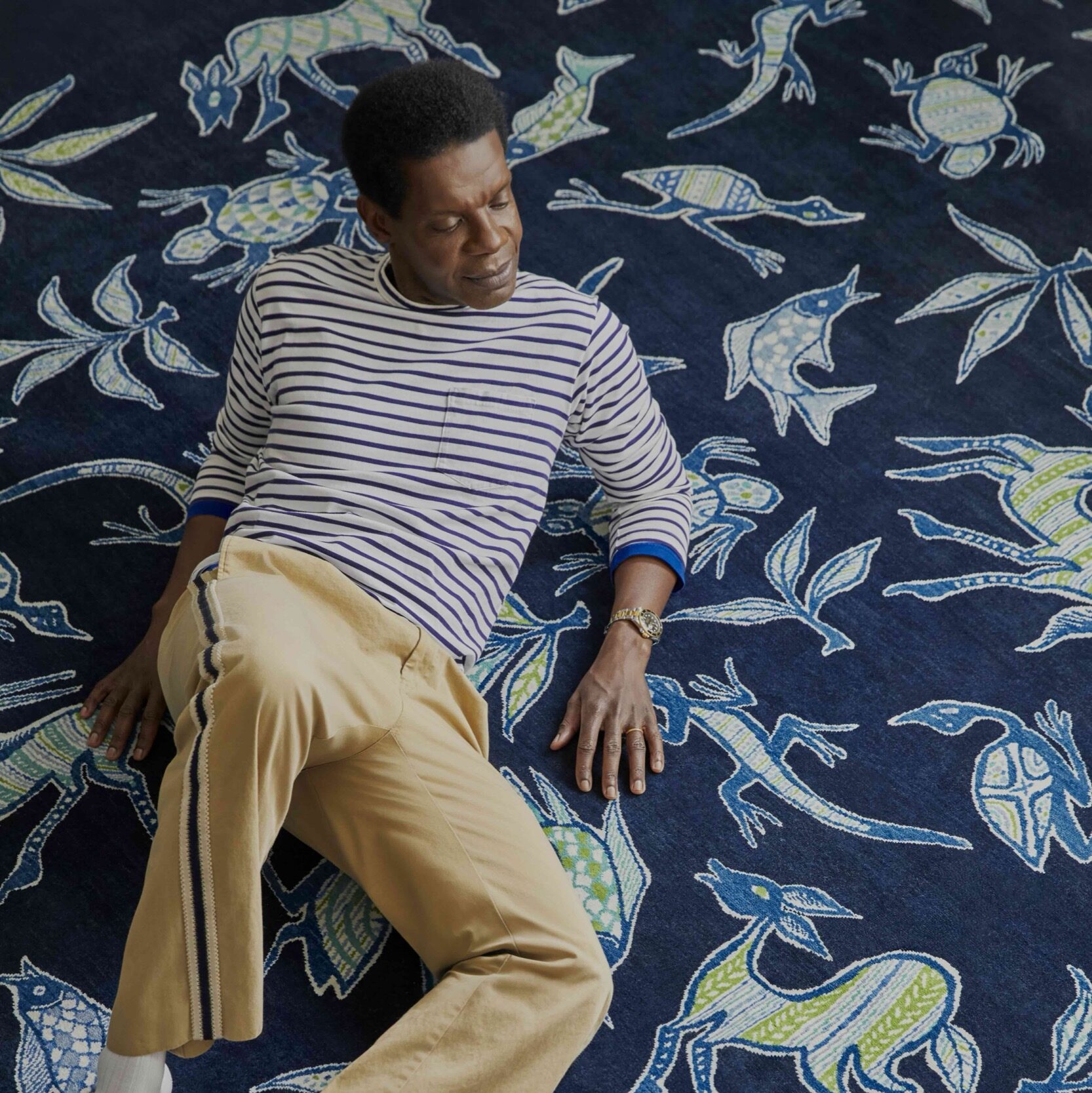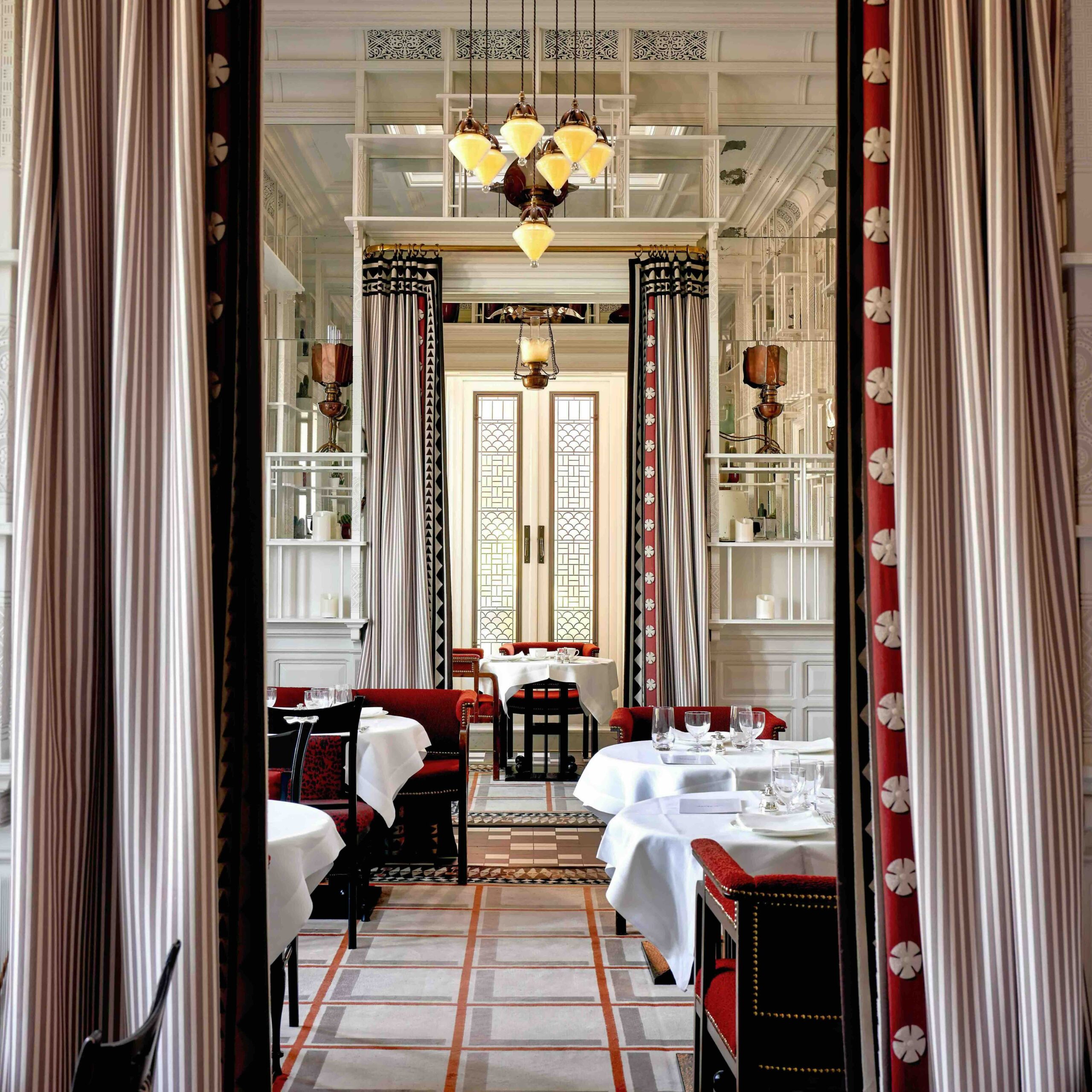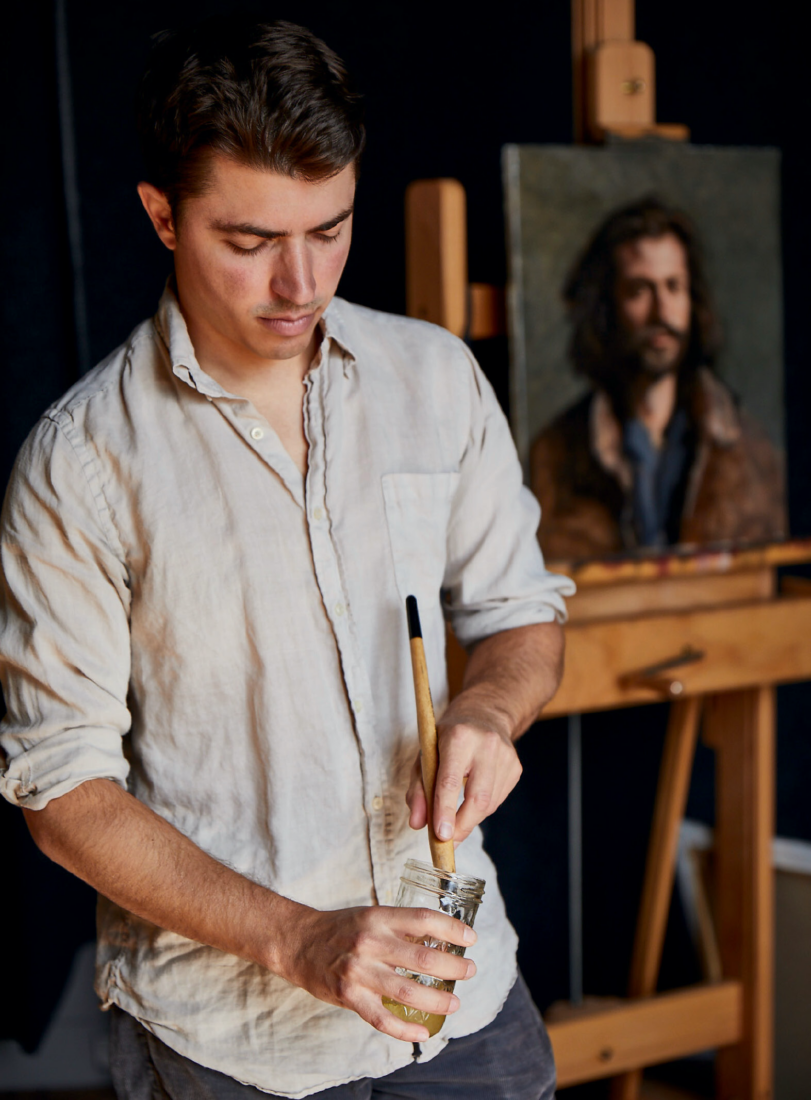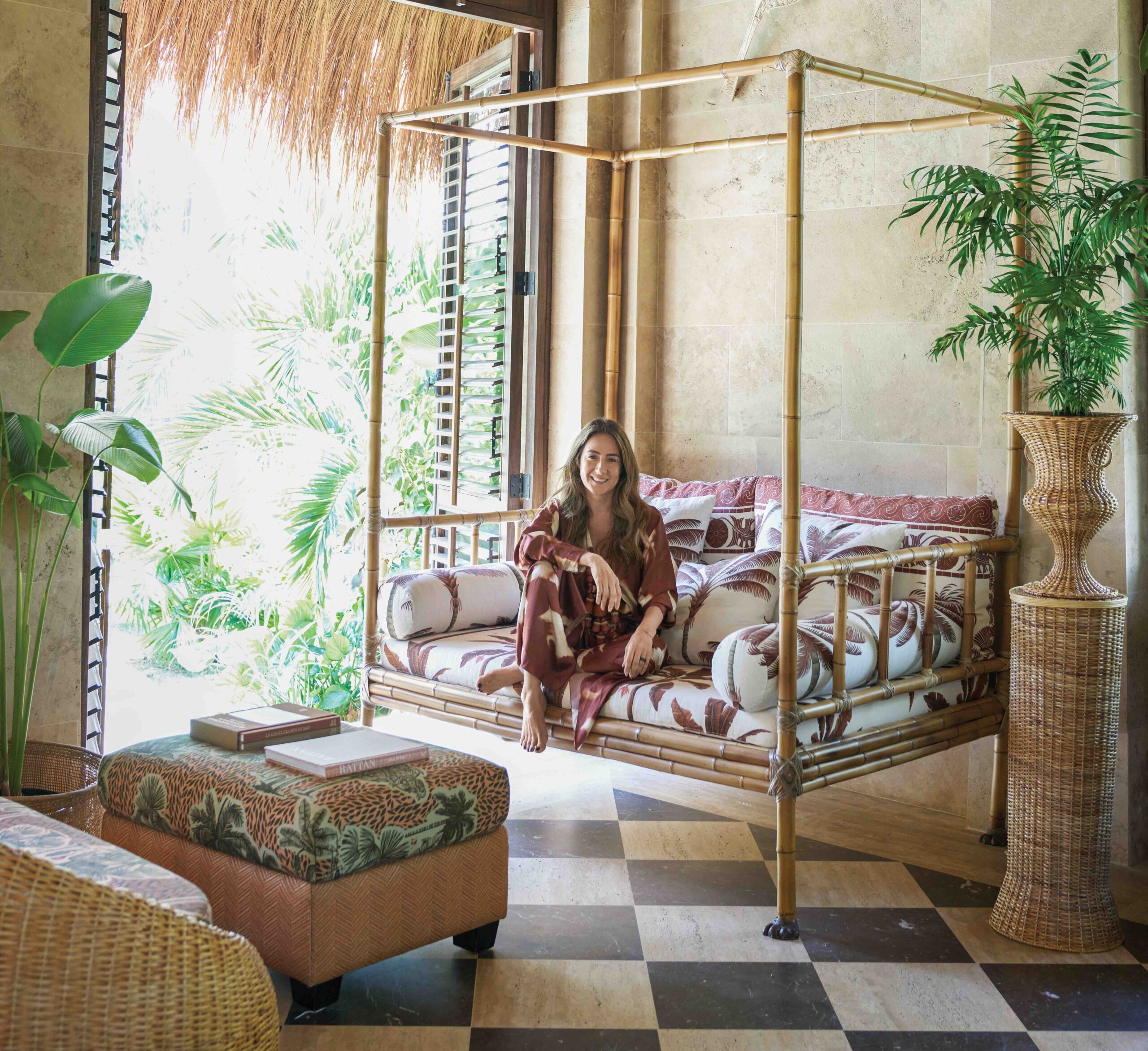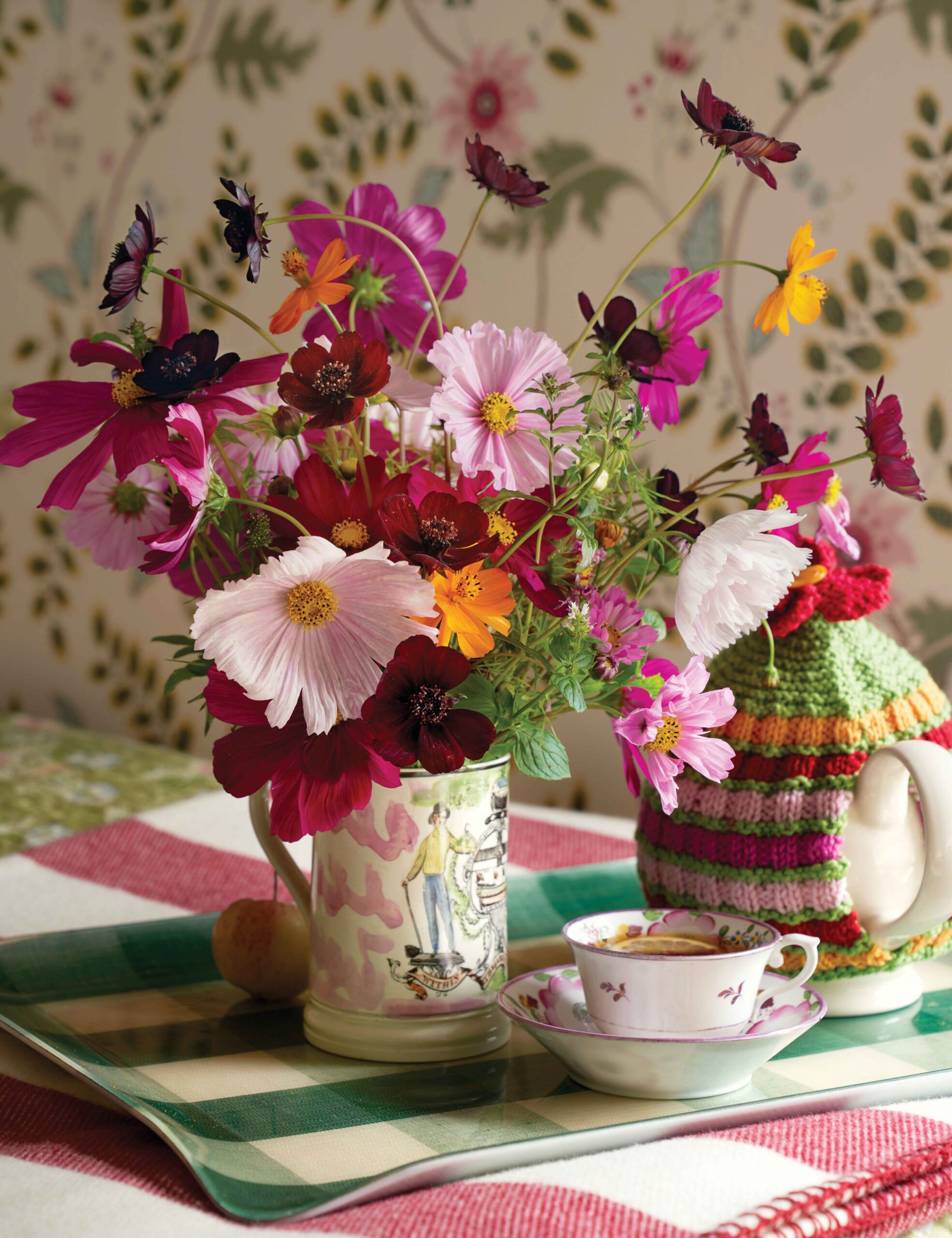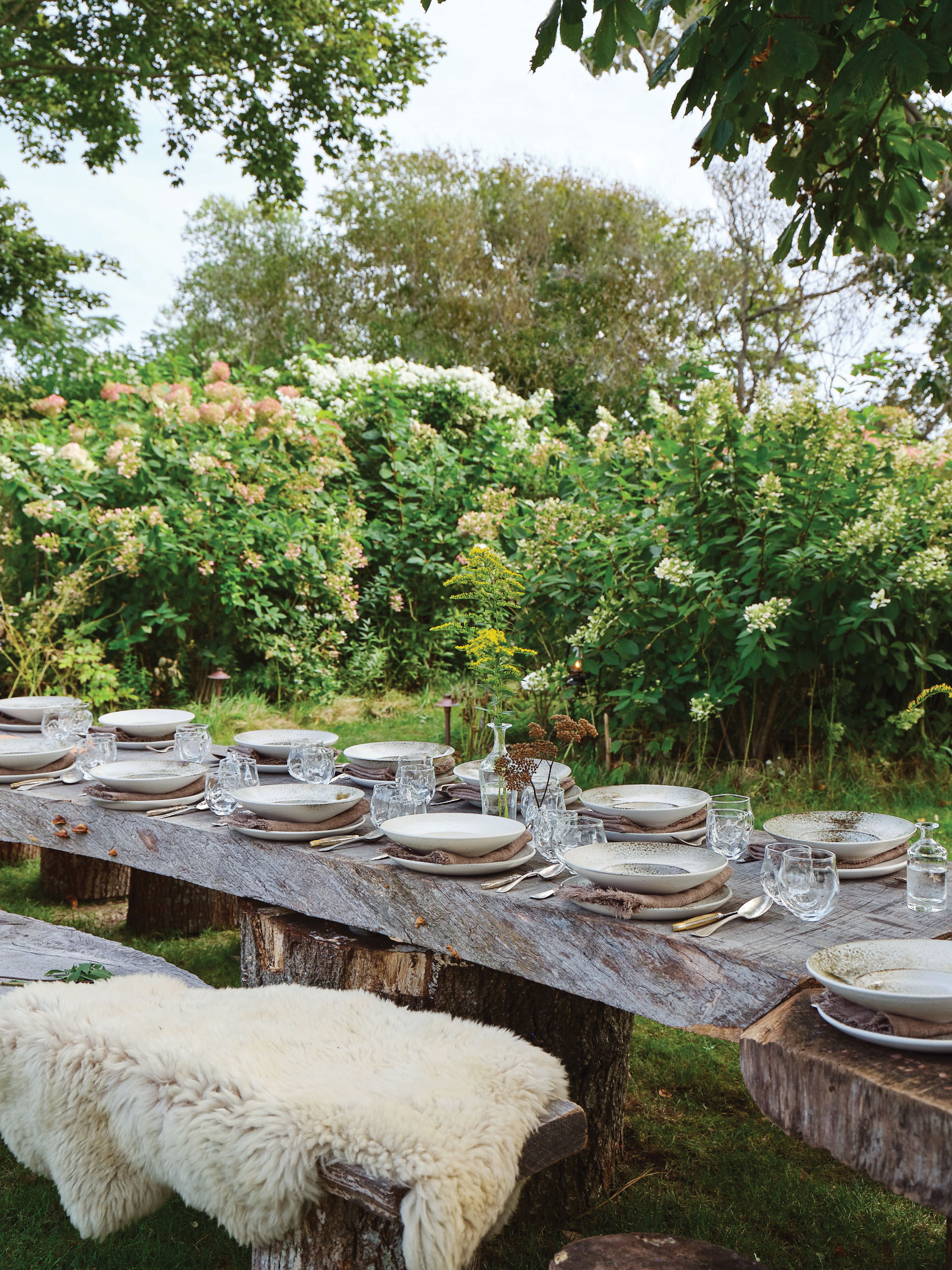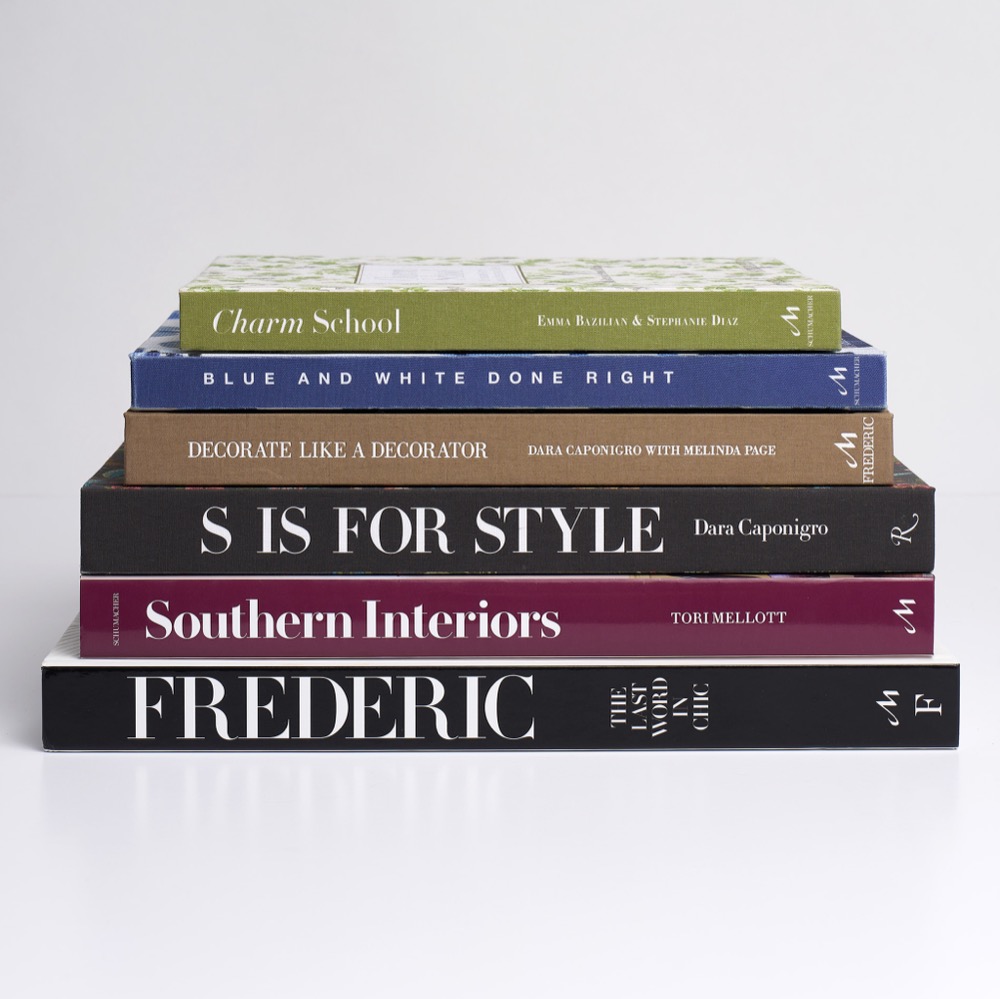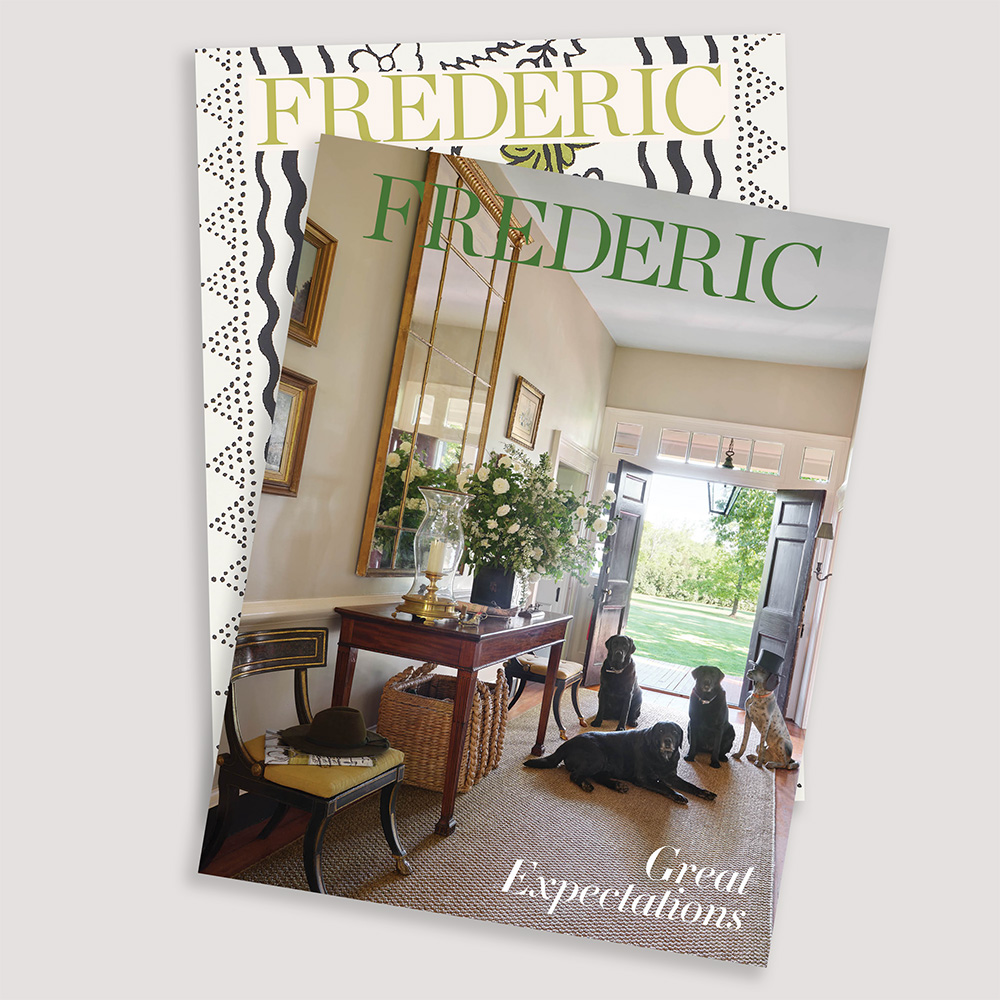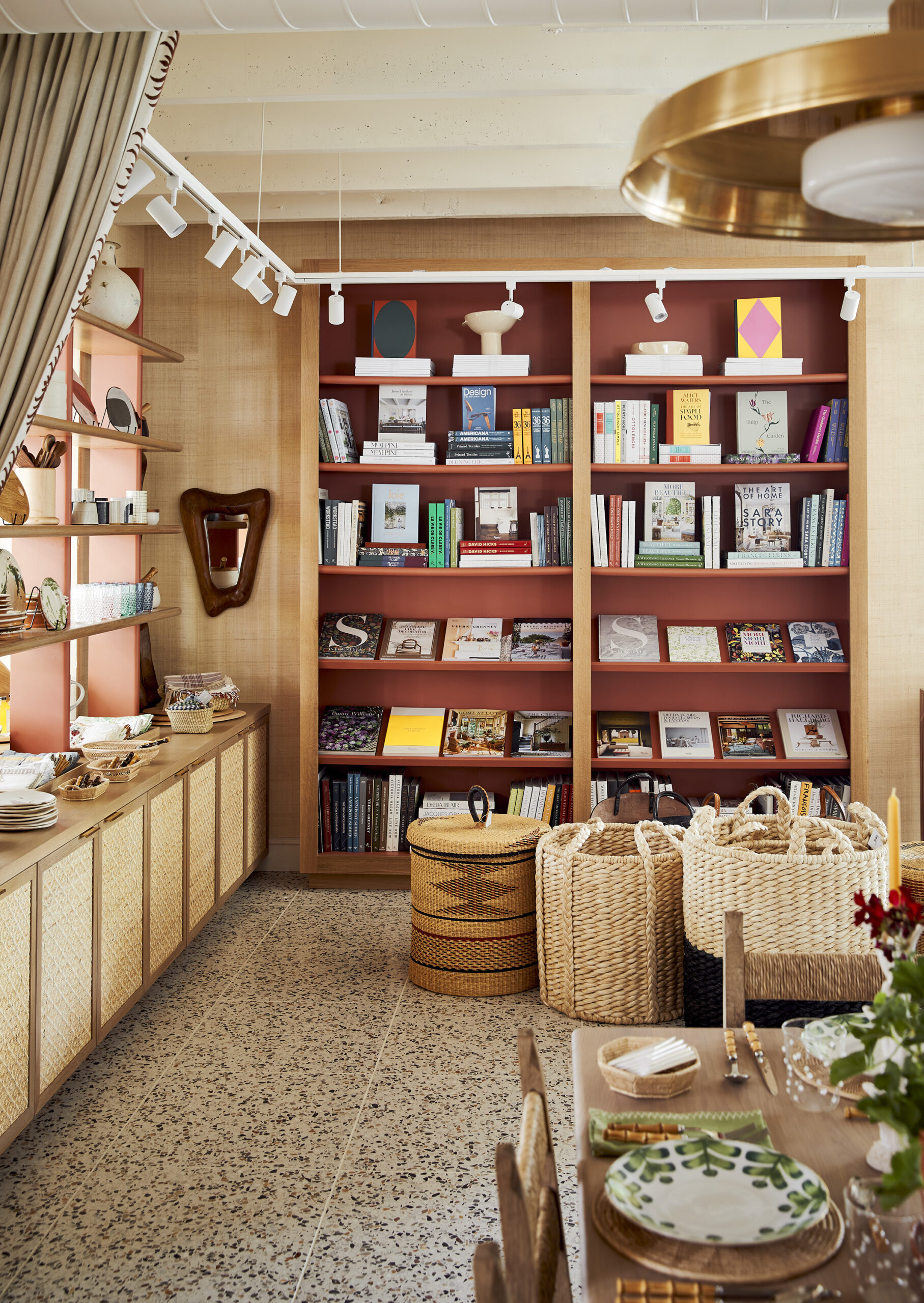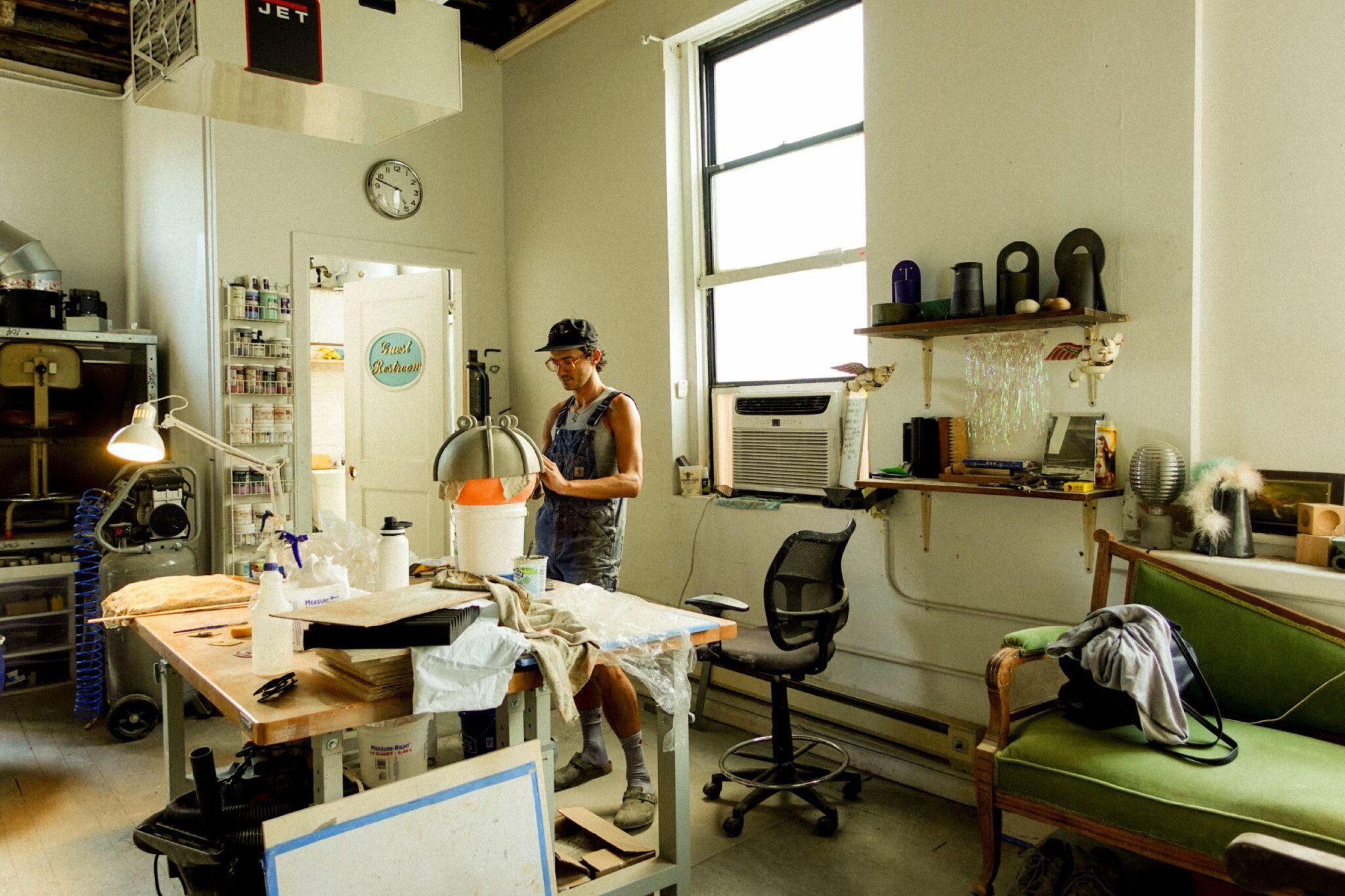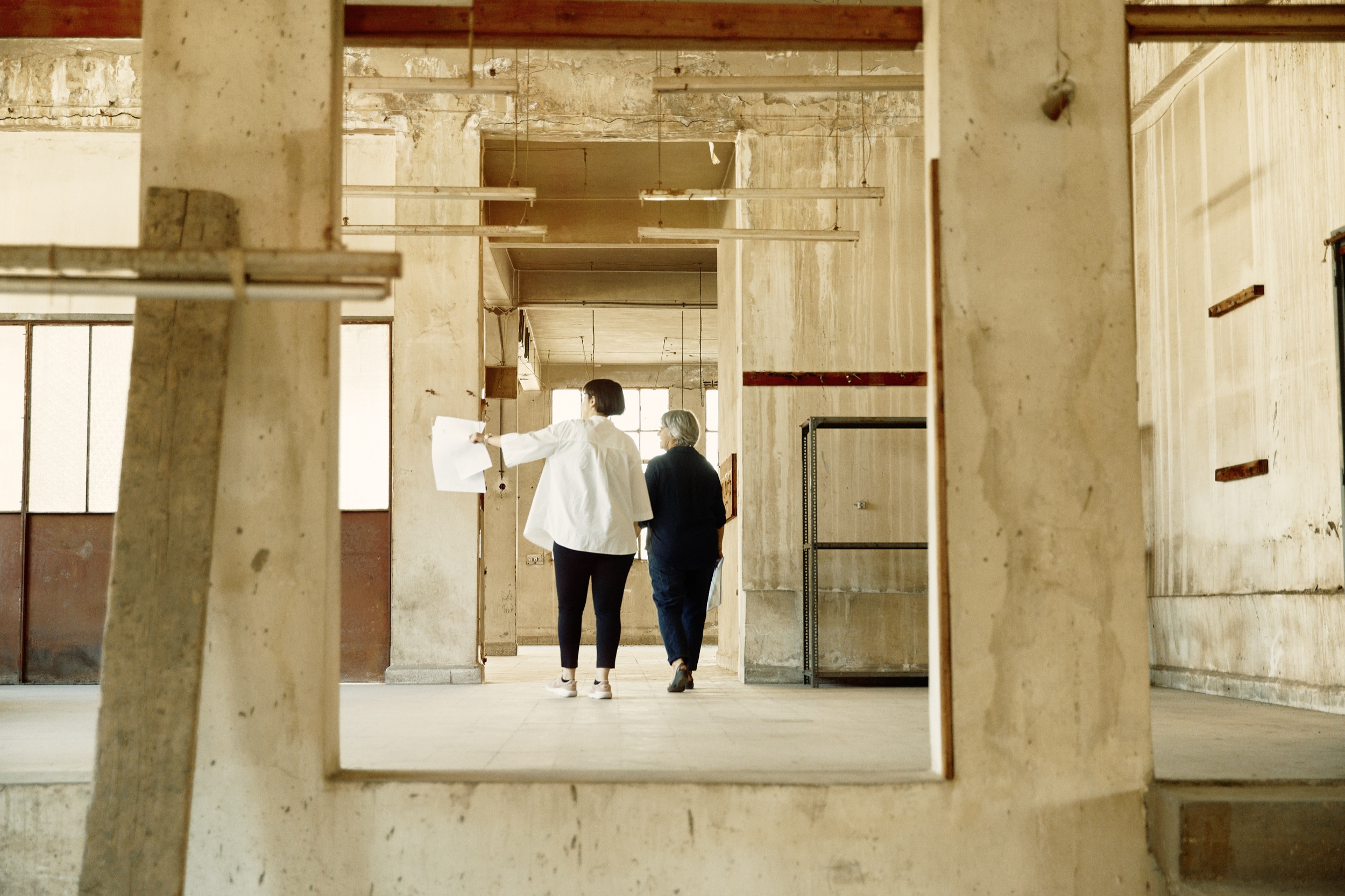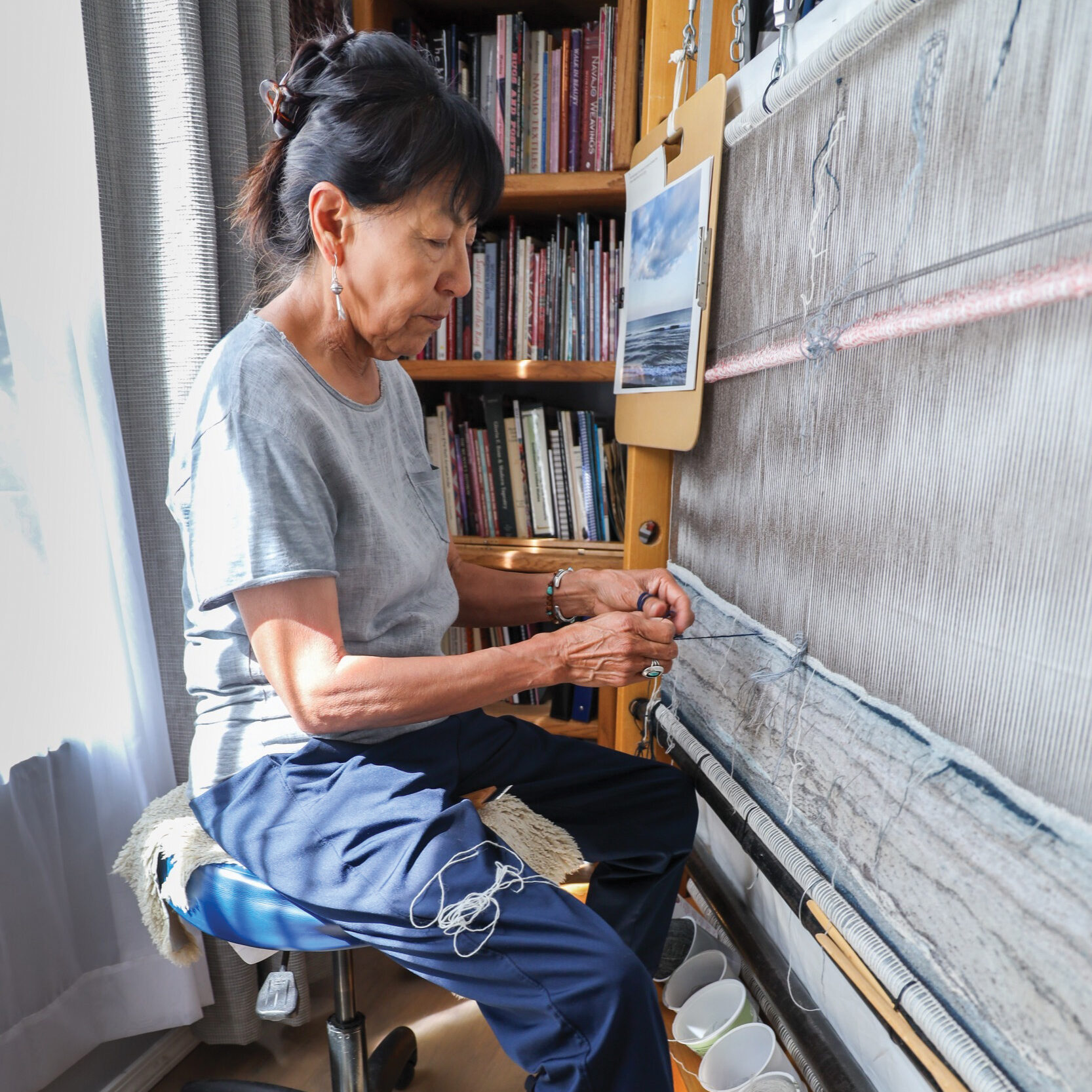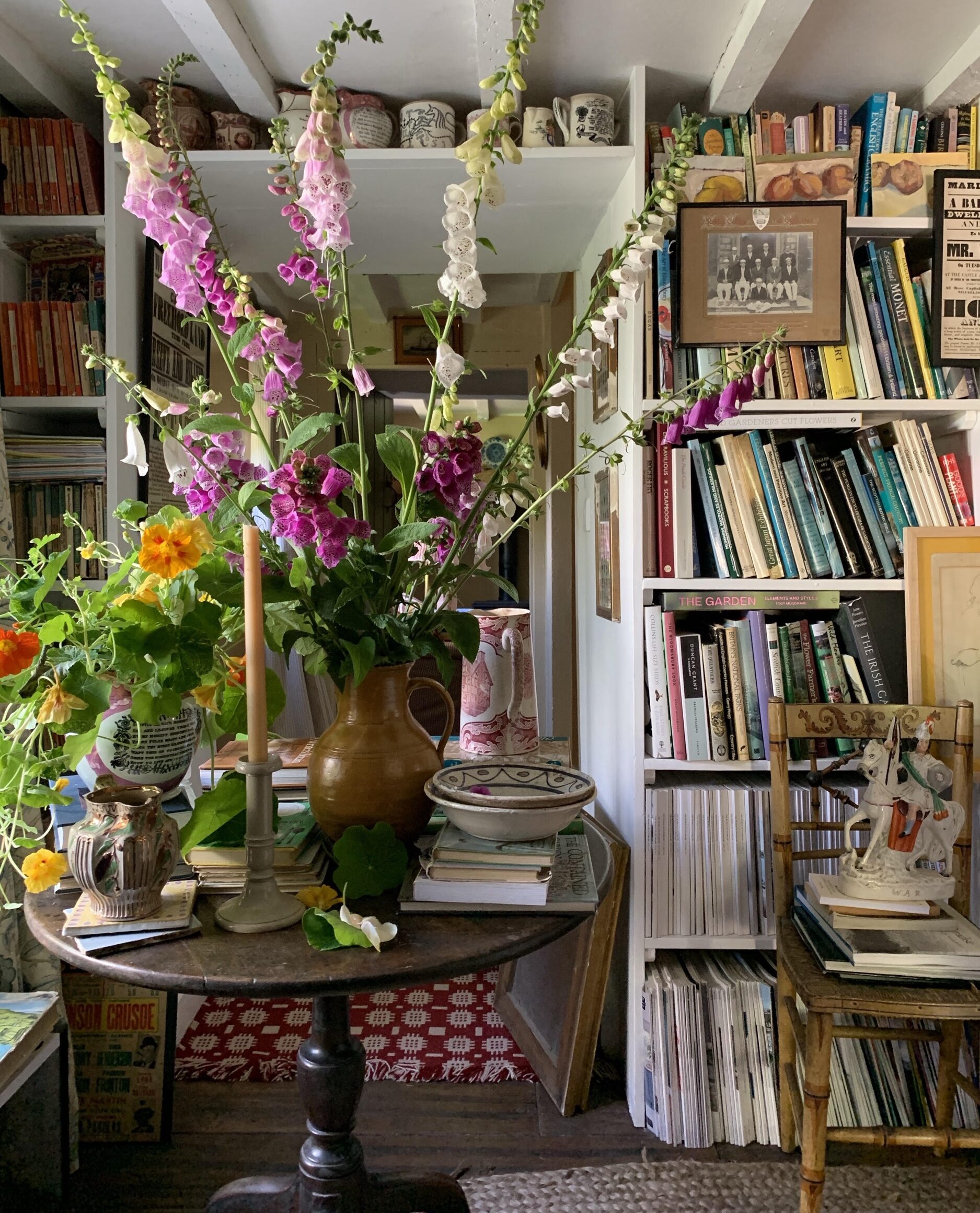Since opening his own studio in Brooklyn’s Red Hook neighborhood just one year ago, artist and ceramicist Devin Wilde has rapidly gained a devoted following with his striking vases that draw on Art Deco architectural details amplified into modern forms, glazed in sophisticated hues that evoke patinated copper, aged bronze, or rust-covered iron. “My work pushes the technical boundaries of the ceramic medium, with small, delicate details used as both ornament and structure,” he explains.
FREDERIC editor Hudson Moore met up with Wilde to discuss his creative process, aesthetic inspirations, and the catharsis he finds in the art of making.

Wilde’s Vessel No. III, glazed in ocher, draws on Art Deco architectural details with dramatic ribs crowned with delicate finials and a fanciful looped base. A loose arrangement of wildflowers by stylist Anthony Amiano contrasts with the vase’s precision. “I love the dramatic nature of Anthony’s arrangements and the way they seem to just explode out of the vessels,” says Wilde. “They’re so beautifully over the top.”
MICHAEL GRANACKITell us a little bit about yourself and how you came to ceramics.
I was originally an architecture major at Stanford, but I’ve been doing wood and ceramic sculpture since I was two years old. As a working-class kid from Brooklyn, I never considered being an artist as a profession. I was just doing it as a hobby, and while I was working in digital design in my 20s, I continued honing my skills. About five years ago, I decided to leave my job and pursue ceramics full time.
I applied to a bunch of artist residencies and spent three years at the Anderson Ranch Arts Center, the Penland School of Craft, and the Center for Furniture Craftsmanship in Maine. I gave myself space to raise my technical level and explore what kind of work I might want to make professionally. I now work out of my own studio in Red Hook, Brooklyn, and released my debut collection of vessels and side tables in September 2023.
-
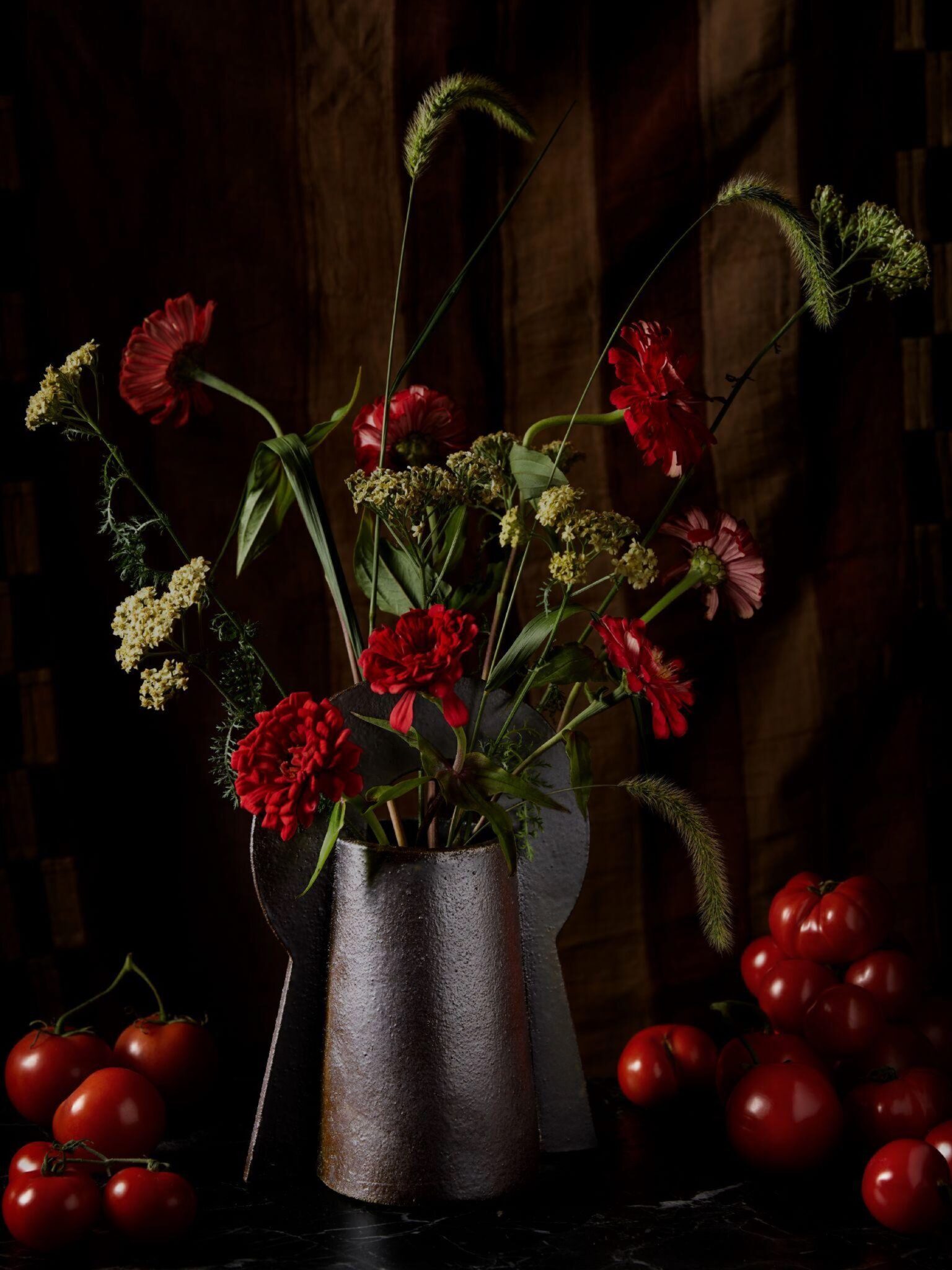
The Halo Vessel in an aged bronze glaze features bold geometric forms and “highlights the totemic and ancient quality of this modern work,” says Wilde.
MICHAEL GRANACKI -
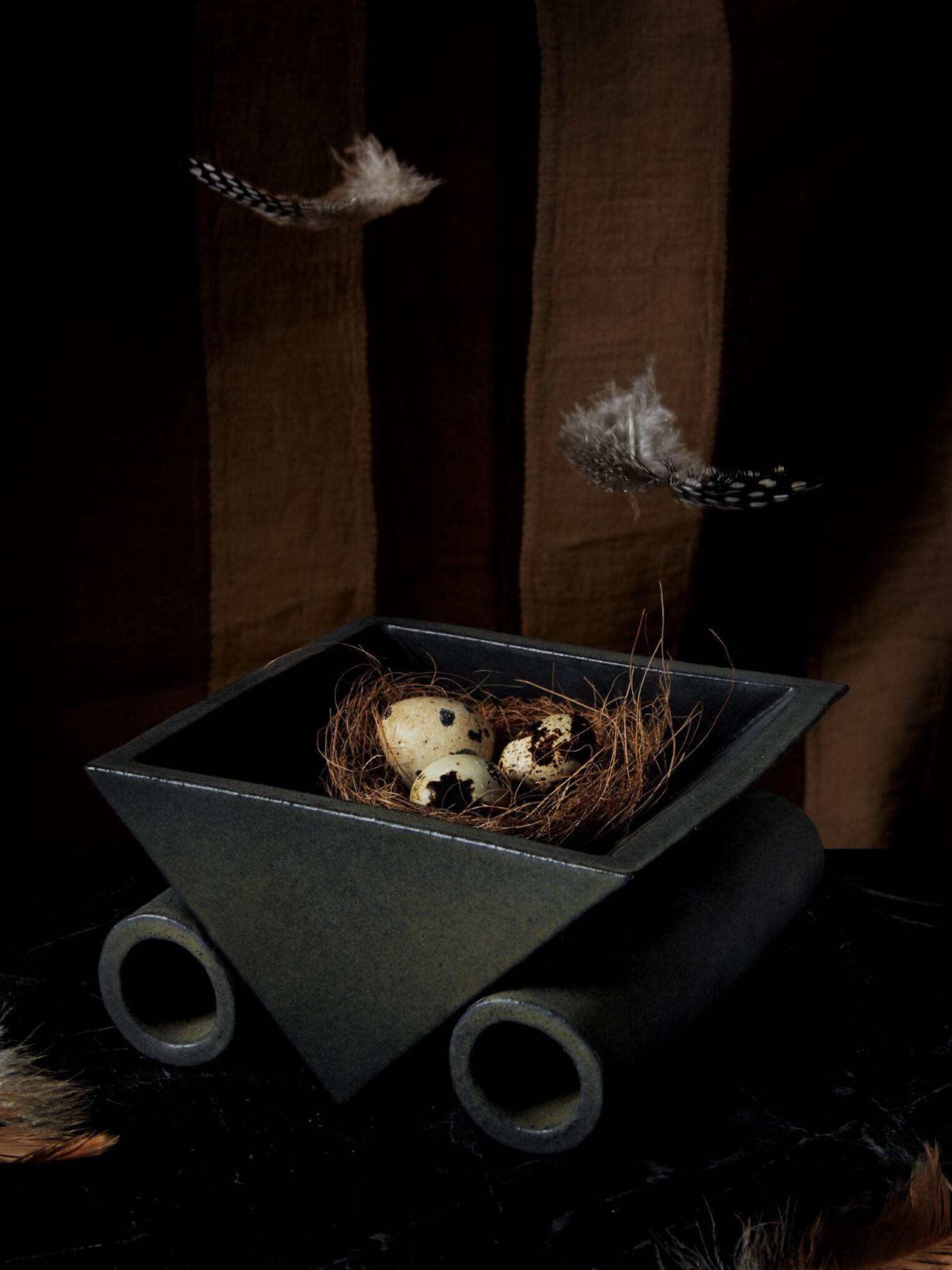
Vessel No. I, in aged bronze, “references ancient ritual in a contemporary way,” says Wilde. “Natural elements complement the ceramic works, like small altars.”
MICHAEL GRANACKI
How does your architecture background influence your work?
I draw on architectural details from an eclectic range of periods, but mainly classicism and its revivals, postmodernism, and especially Art Deco. I’m thinking of people like Josef Hoffmann and that marriage of modernism and detail. I love the facades of Art Deco buildings—the way repeated geometric patterns and metalwork interact with light and how well-lit elements are juxtaposed with shadowy voids. In my own work, I’m aiming for that same interplay of strong light and strong shadow, and repeated deep surface relief. I want my creations to feel simultaneously ancient and modern.
That really shows through in your works. They command attention and have a sense of antiquity while also being very contemporary.
I try to cement that marriage of opposites with the glazes I use. They’re all meant to evoke an ancient feeling, as if the pieces were unearthed from the sea by an archeologist. A lot of the glazes are heavy in oxides, so that when fired, they will evoke the notion of metal that’s been exposed to the elements for centuries.
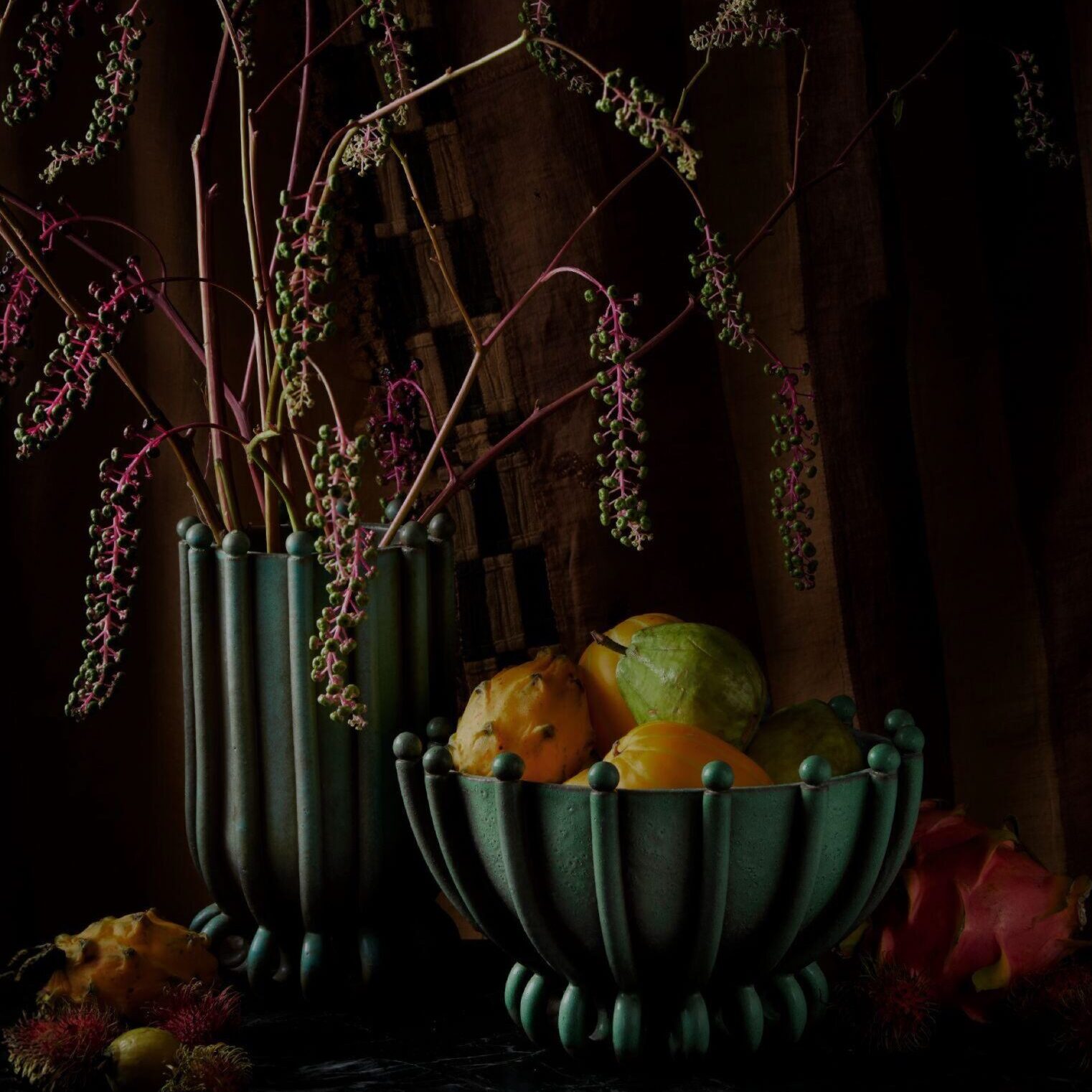
Vessels No. III and V are glazed to mimic patinated copper.
MICHAEL GRANACKIWhat is your creative process like?
One of the main things I do is go around the city and take photographs of architectural elements up close to capture the way that they interact with light. Then I let those images simmer in the back of my mind for a while. I’ll be about to drift off to sleep when those details, combined with sketching that I’ve done, will crystallize into something and I’ll groggily take out my phone and mumble a voice memo for myself. It makes just enough sense so that the next morning, I can draw it or prototype a miniature version out of clay and take it from there.
How do you handle creative blocks?
My answer has always been to have a few things going at once. I find that whenever I try and rush something, I don’t love the way it comes out. So I try to work on at least three new designs at a time, and that way, I can let number one and number two percolate while I work on number three. This cycle also follows the way you build ceramic work because you have to wait for things to dry.
There’s a lot that’s been written about the catharsis of making things with your hands and how we as human beings are genetically predisposed to get such enjoyment and endorphin release out of activities like ceramics, and I find that to be true.
